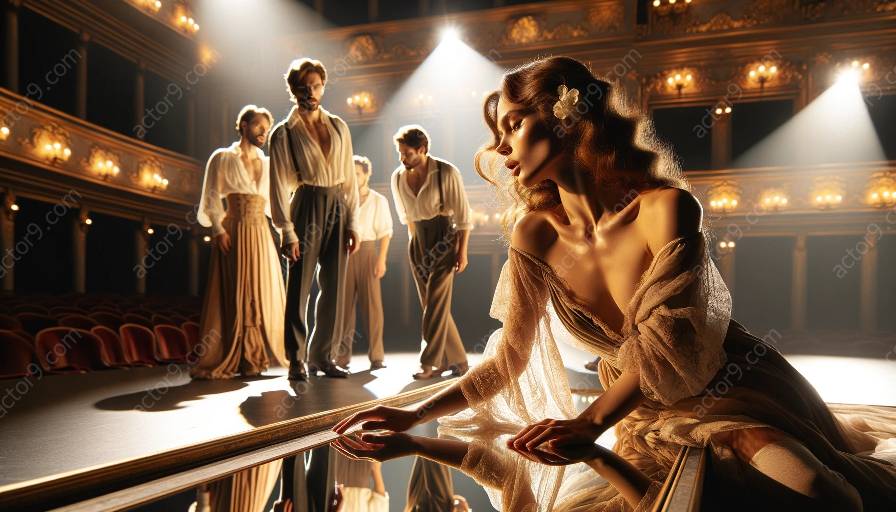The Chekhov technique, developed by the legendary Russian actor and theater director Constantin Stanislavski, has had a profound impact on contemporary performance practices. This influential method has been a driving force in revolutionizing acting techniques and has paved the way for the development of modern approaches to performance and character portrayal.
Chekhov Technique: A Brief Overview
The Chekhov technique, also known as the Michael Chekhov technique, is a comprehensive acting system that places a strong emphasis on the use of the actor's imagination, body, and voice to embody a character fully. Created by Michael Chekhov, a student of Stanislavski, this innovative approach to acting has been widely adopted by actors, directors, and educators around the world.
The Influence of Chekhov Technique on Contemporary Performance Practices
Contemporary performance practices have been significantly enriched by the principles and methods of the Chekhov technique. This approach has facilitated the exploration of new dimensions in acting, offering actors a unique set of tools to access and express their creativity and emotional depth. The influence of the Chekhov technique can be observed in various aspects of modern performance, including:
- Physical and Psychological Integration: The Chekhov technique encourages actors to embody characters from both physical and psychological perspectives, leading to more dynamic and authentic performances that resonate with audiences on a profound level.
- Emotional Authenticity: By tapping into the power of imagination and inner emotional experiences, the Chekhov technique enables actors to portray characters with genuine emotional authenticity, creating compelling and impactful performances.
- Movement and Gesture: The emphasis on physicality in the Chekhov technique has paved the way for innovative choreographic and gestural practices in contemporary performance, allowing actors to express character motives and intentions through movement and gesture.
- Vocal Expression: The Chekhov technique has redefined vocal training in contemporary performance, encouraging actors to explore the dynamic range of their voices and use vocal expression as a powerful tool for character portrayal and storytelling.
Compatibility with Acting Techniques
The Chekhov technique's compatibility with other acting techniques is a testament to its versatility and effectiveness in contemporary performance practices. Its holistic approach and focus on freedom of expression make it highly compatible with a wide range of acting methodologies, including:
- Stanislavski Method: As a derivative of Stanislavski's system, the Chekhov technique shares fundamental principles with the renowned method, making it an organic extension of the Stanislavski approach to acting.
- Meisner Technique: The emphasis on emotional spontaneity and truthful reactions in the Meisner technique complements the emotional authenticity and imaginative exploration promoted by the Chekhov technique, creating a harmonious blend of principles.
- Viewpoints Technique: The Chekhov technique's integration of movement and gesture aligns with the foundational principles of the Viewpoints technique, fostering a synergy between the two approaches in the realm of contemporary performance.
Conclusion
The influence of the Chekhov technique on contemporary performance practices is undeniable, as it continues to inspire and empower actors and directors to push the boundaries of artistic expression and create transformative experiences for audiences. Its compatibility with various acting techniques further solidifies its position as a groundbreaking method that has reshaped the landscape of modern performance. By embracing the principles and teachings of the Chekhov technique, artists can embark on a journey of self-discovery and creative exploration, ultimately shaping the future of performance art in meaningful and profound ways.













































